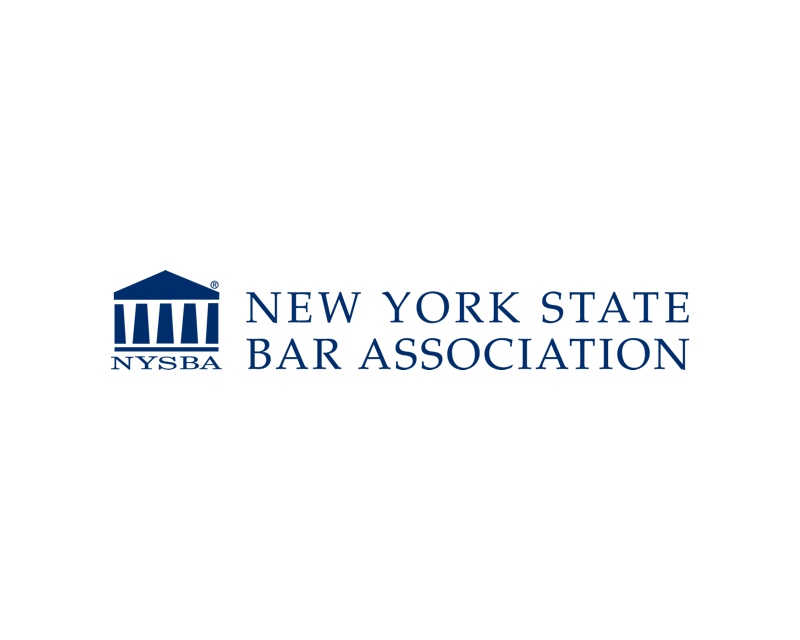What is a high level of lead in blood?
What is a high level of lead in blood? Quick Answer: A high level of lead in the blood is typically defined as 5 micrograms per deciliter (µg/dL) or higher. At this level, especially in children, health professionals may take action to reduce exposure and prevent further harm. Understanding Lead









